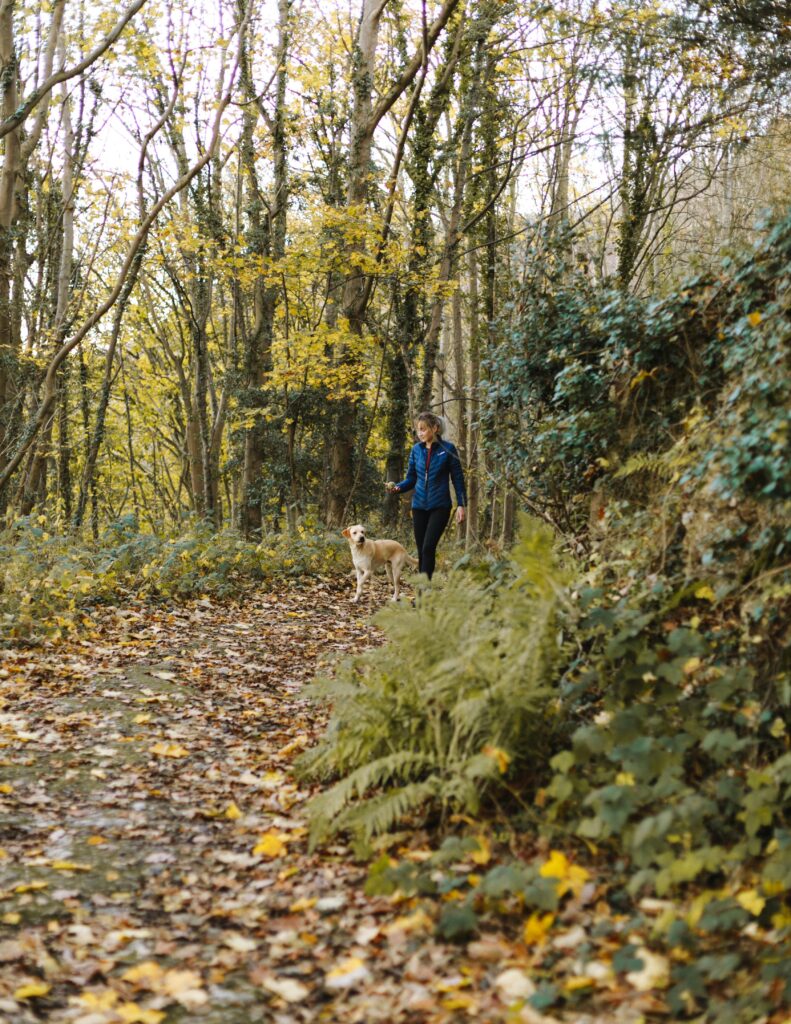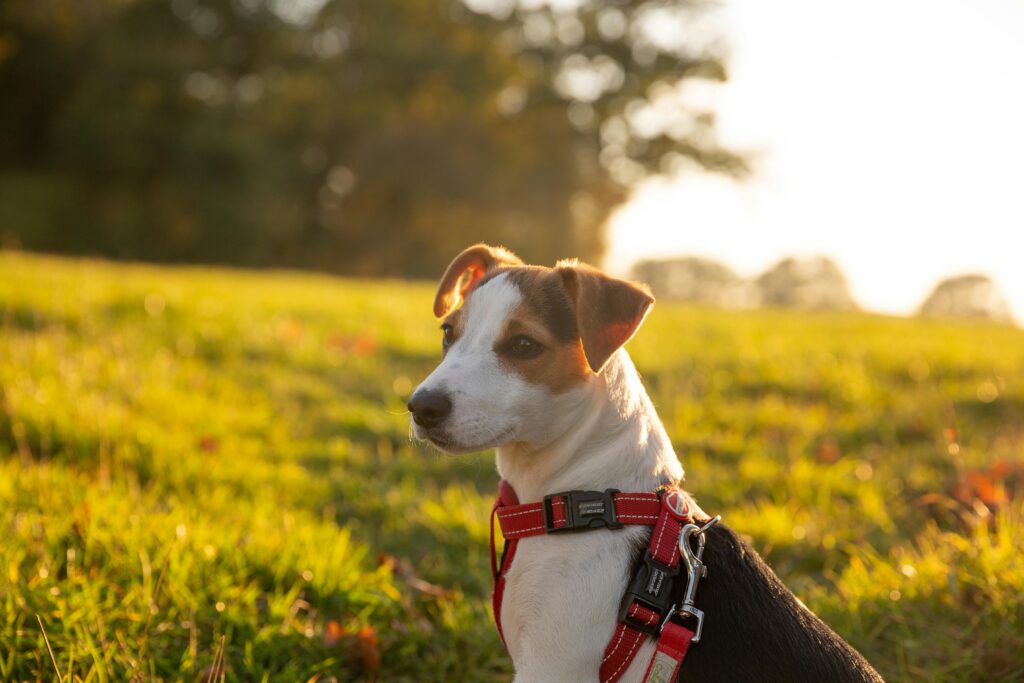When it comes to socializing your dog, many owners default to the dog park. It seems like the perfect solution: a wide-open space, plenty of playmates, and lots of exercise. But as a professional trainer, I’ve seen the good, the bad, and the downright chaotic side of this approach. The truth is, while dog parks can have benefits, they’re not always the best choice for building consistent obedience and safe socialization skills.

The Appeal of Dog Parks
Dog parks are popular for a reason. They can offer:
- Large, fenced-in areas where dogs can run freely
- Opportunities for dogs to meet and play with other dogs
- A place for owners to relax while their dogs burn off energy
For highly social, well-trained dogs, this can be an enjoyable outlet. The challenge comes when dogs with little training, poor recall, or aggression issues mix in the same space.
Risks of Dog Parks
Dog parks can also introduce some serious problems:
- Unpredictable behavior: Not all owners monitor or control their dogs.
- Overstimulation: The excitement of a park can overwhelm some dogs, making them less responsive to commands.
- Reinforcing bad habits: Rough play, bullying, or ignoring recall can become normal if left unchecked.
According to the American Kennel Club, dog parks can be beneficial but should be approached with caution. Structured, supervised activities often provide a safer way for dogs to socialize while reinforcing good behavior.
Why Structured Play Wins for Training
Structured play involves guided, controlled activities that focus on engagement, obedience, and positive social experiences. This might take place in a training class, in a small group of trusted dogs, or even at home with planned exercises.
In structured play:
- Every dog is under close supervision
- Commands are reinforced throughout the activity
- Play is balanced with breaks for focus and calm behavior
- Problematic behaviors are addressed immediately
For example, during our sessions, we use structured games like recall races, obedience-based fetch, and controlled group walks. These activities keep dogs mentally engaged while ensuring they practice and retain commands in exciting environments.
Transitioning from Dog Parks to Structure
If your dog is a regular at the dog park but struggles with manners or listening, start small:
- Limit park visits while increasing structured playtime.
- Work on recall in low-distraction environments before testing it around other dogs.
- Observe body language and intervene early to prevent negative interactions.
When Dog Parks Might Still Work
For some dogs, a well-managed park is fine, especially if:
- They have strong recall and basic obedience
- You visit during off-peak hours
- You supervise closely and interrupt unwanted behaviors quickly
But for training purposes, structured environments provide the consistency and control that build better habits.
Training That Goes Beyond the Park
If you’re looking for long-term improvement, structured sessions like our Basic & Advanced Obedience Program can be a game-changer. We teach your dog to listen anywhere, no matter the distractions, and give you tools to maintain that behavior for life.
For more ideas on how to strengthen your dog’s social skills while maintaining obedience, check out our guide on how to train focus around distractions. It’s a great way to set your dog up for success before throwing them into high-energy situations.
Final Thoughts
While dog parks can have a place in your dog’s life, structured play offers more control, safety, and training opportunities. By prioritizing guided activities, you’ll create a well-mannered, confident companion who thrives in any environment.
If you’re ready to replace chaos with control and give your dog the social skills they need, reach out through our contact page and let’s start a customized plan for your dog’s success.

